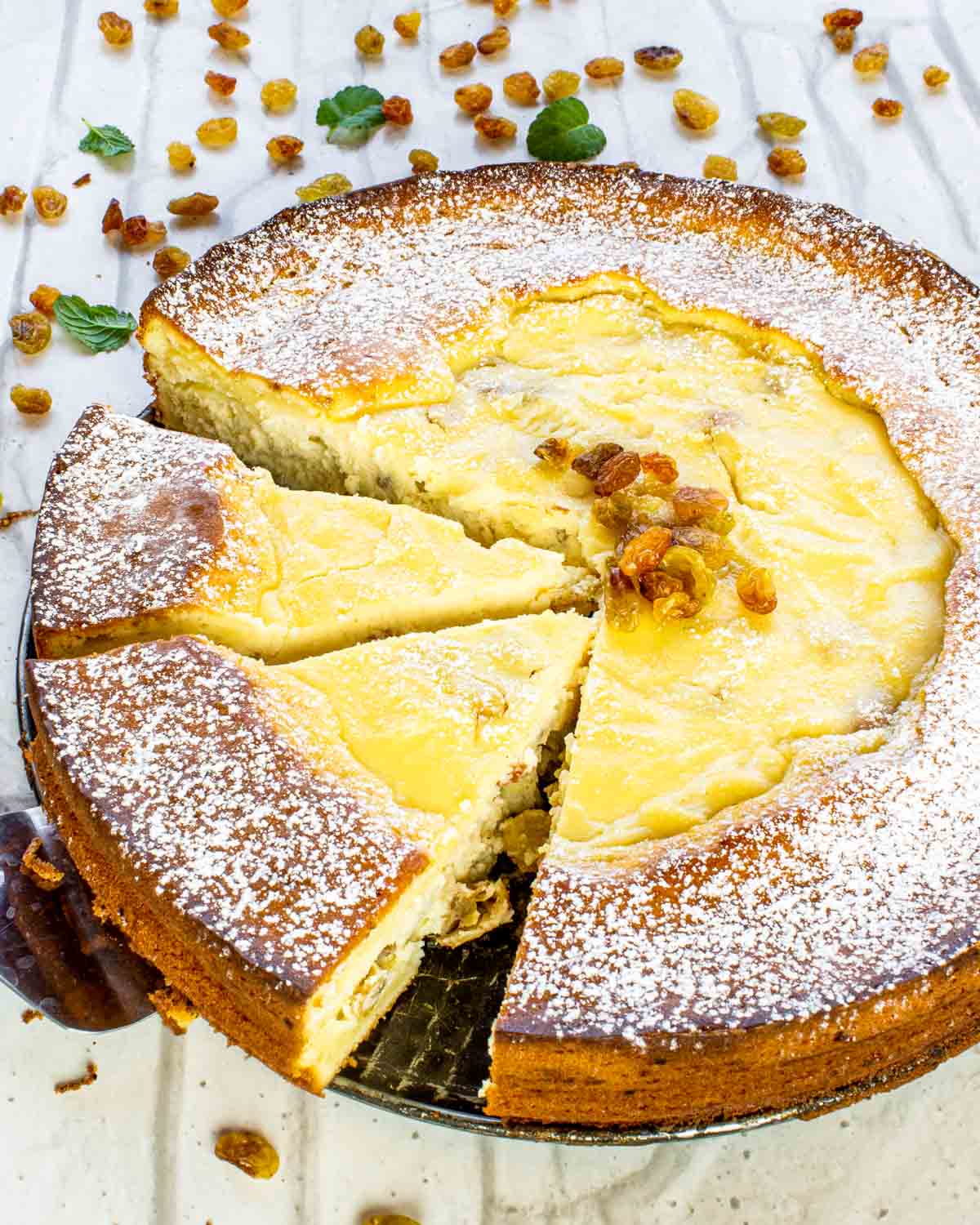This unbelievably simple Roasted Butternut Squash is incredibly delicious using only a couple of ingredients. It’s a great Fall vegetable that is sweet and nutty, with full-flavored orange fleshy pulp. Any dinner would love to invite this side dish along!
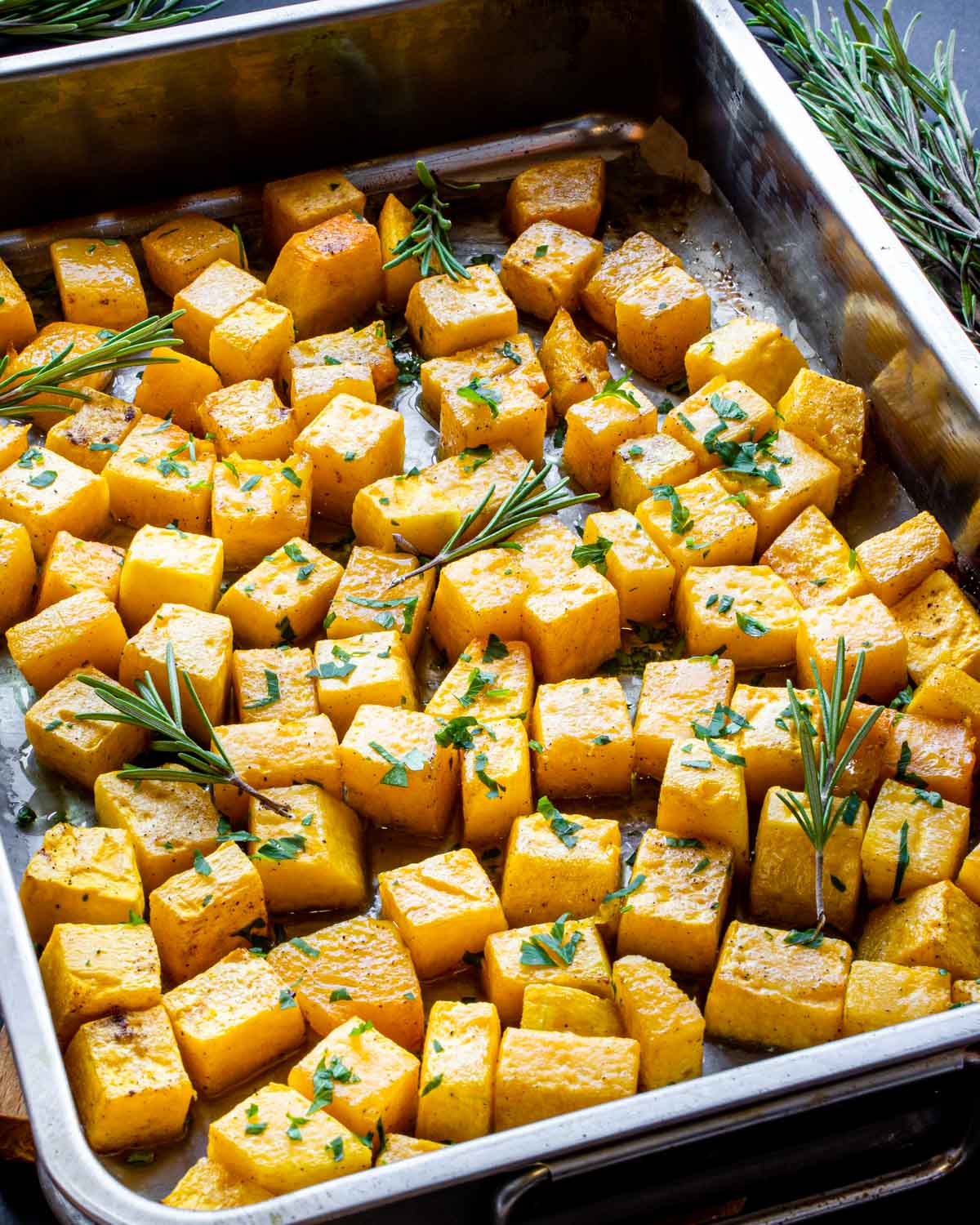
Why Make This Recipe
Easy – It doesn’t get any easier than this. Basically, take cut up squash, drizzle some olive oil, and salt and pepper; roast in the oven for about 30 minutes and it’s done. Reduce any mess by lining a baking sheet with parchment paper or foil wrap prior to baking.
Very Nutritious – Butternut squash is one of my favorite winter squash varieties. It is extremely nutritious, it’s full of vitamins A and C, and it’s naturally sweet flavor is evident when roasted. There are many choices when cooking this wonderful seasonal squash. Bake or roast it, make a puree, or use in stew or soups. Of course, it is a great side dish when paired with any protein, but I find it’s really good with any kind of pork.
Pantry Staple Ingredients – Besides the butternut squash you only need 3 other ingredients to make this, which you probably already have in your pantry right now!
What You Need For Roasted Butternut Squash
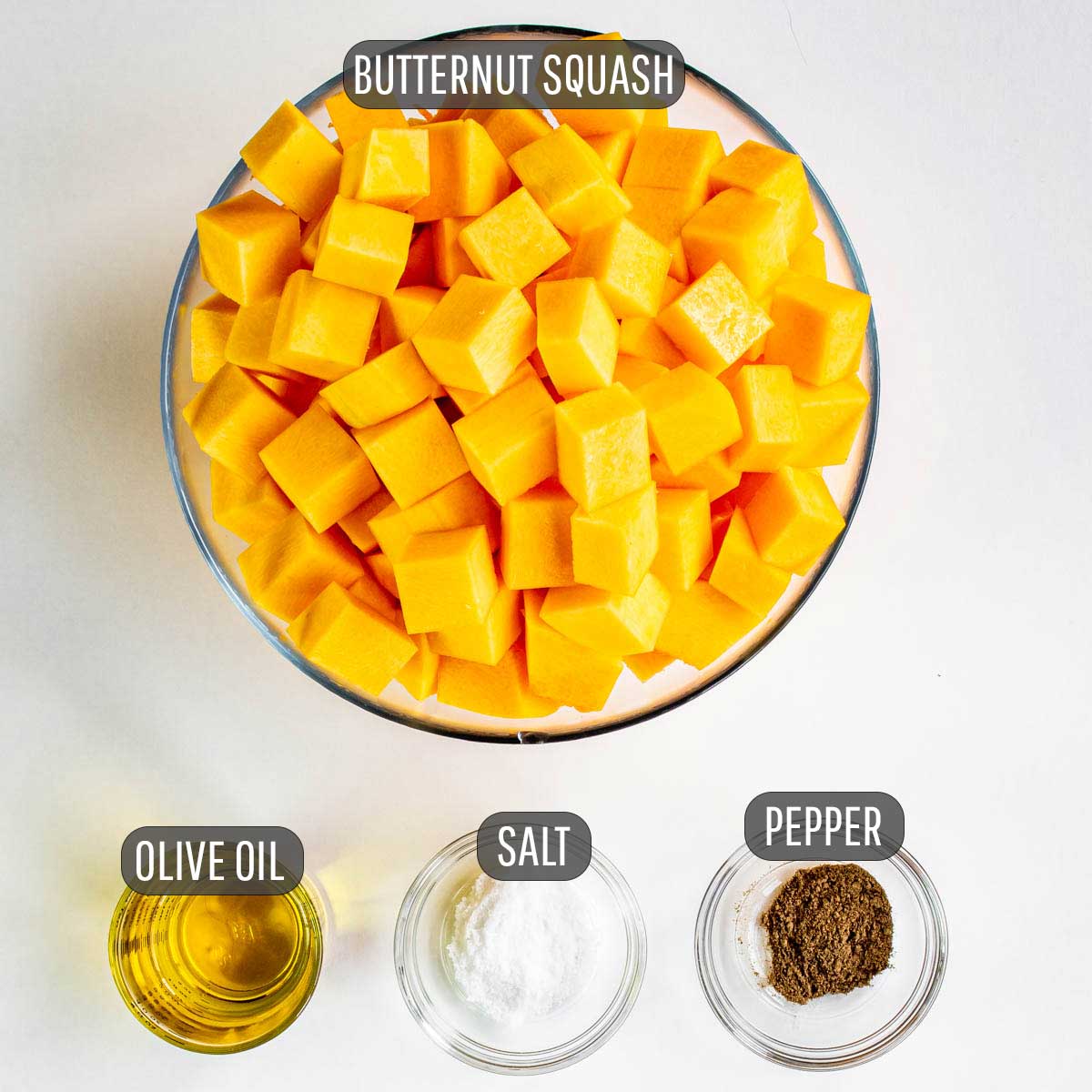
- Squash -Use butternut squash that is peeled, seeded and cut into 1-inch cubes. You’ll need a squash that’s about 3 pounds to 5 pounds.
- Oil – I always use olive oil for roasting squash. Extra virgin olive oil is even better.
- Seasoning – Salt and pepper to your taste.
Here’s How You Make It
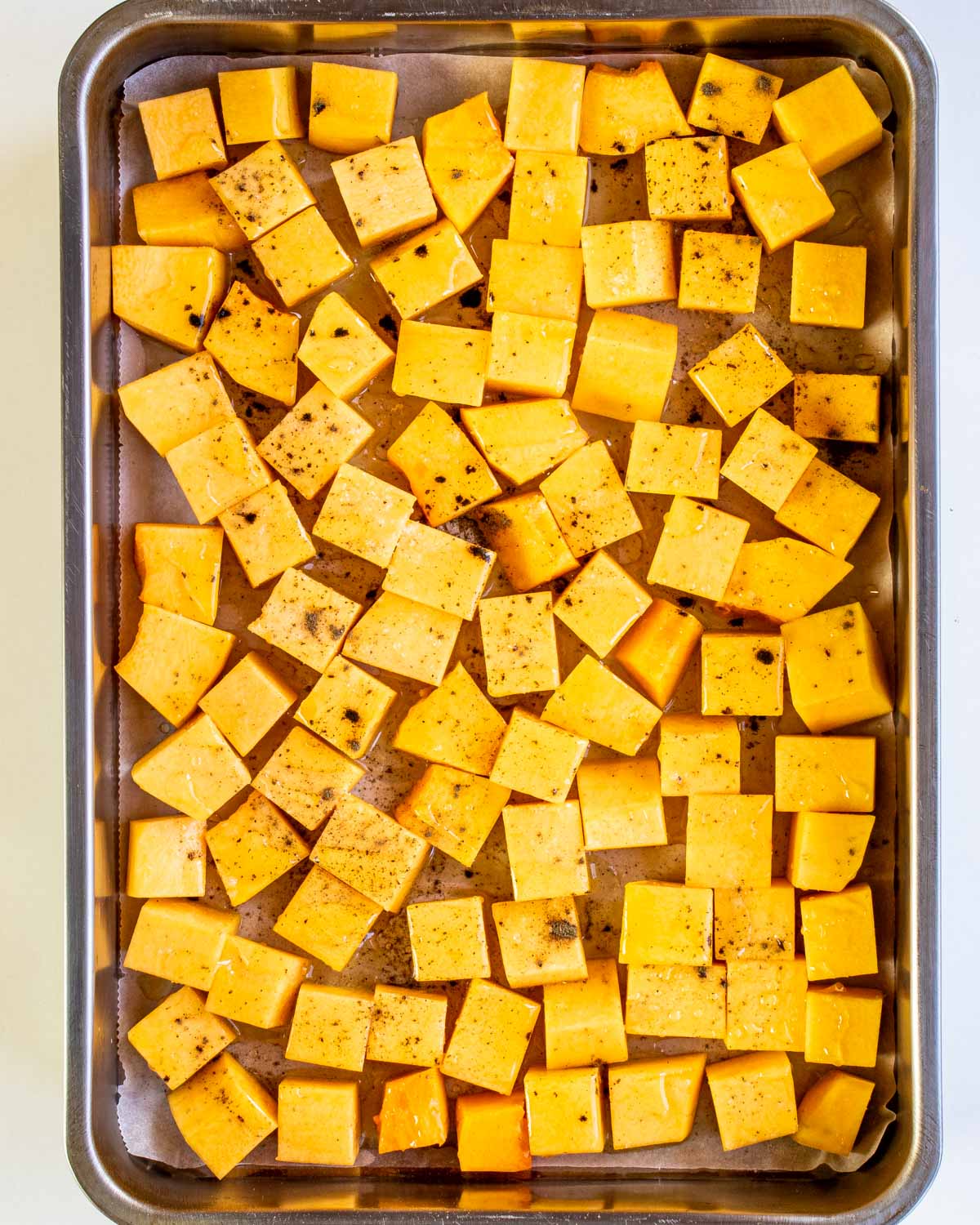
- First start by preheating your oven to 400°F.
- Next, you’ll want to prepare the butternut squash by peeling it and cutting it up into 1-inch cubes. Place the cubed squash on a baking sheet. Drizzle with olive oil, salt and pepper. Toss everything together well then arrange in a single layer.
- Finally, transfer the baking sheet to the oven and roast for 25 to 30 minutes or until fork tender, turning the squash over half way through.
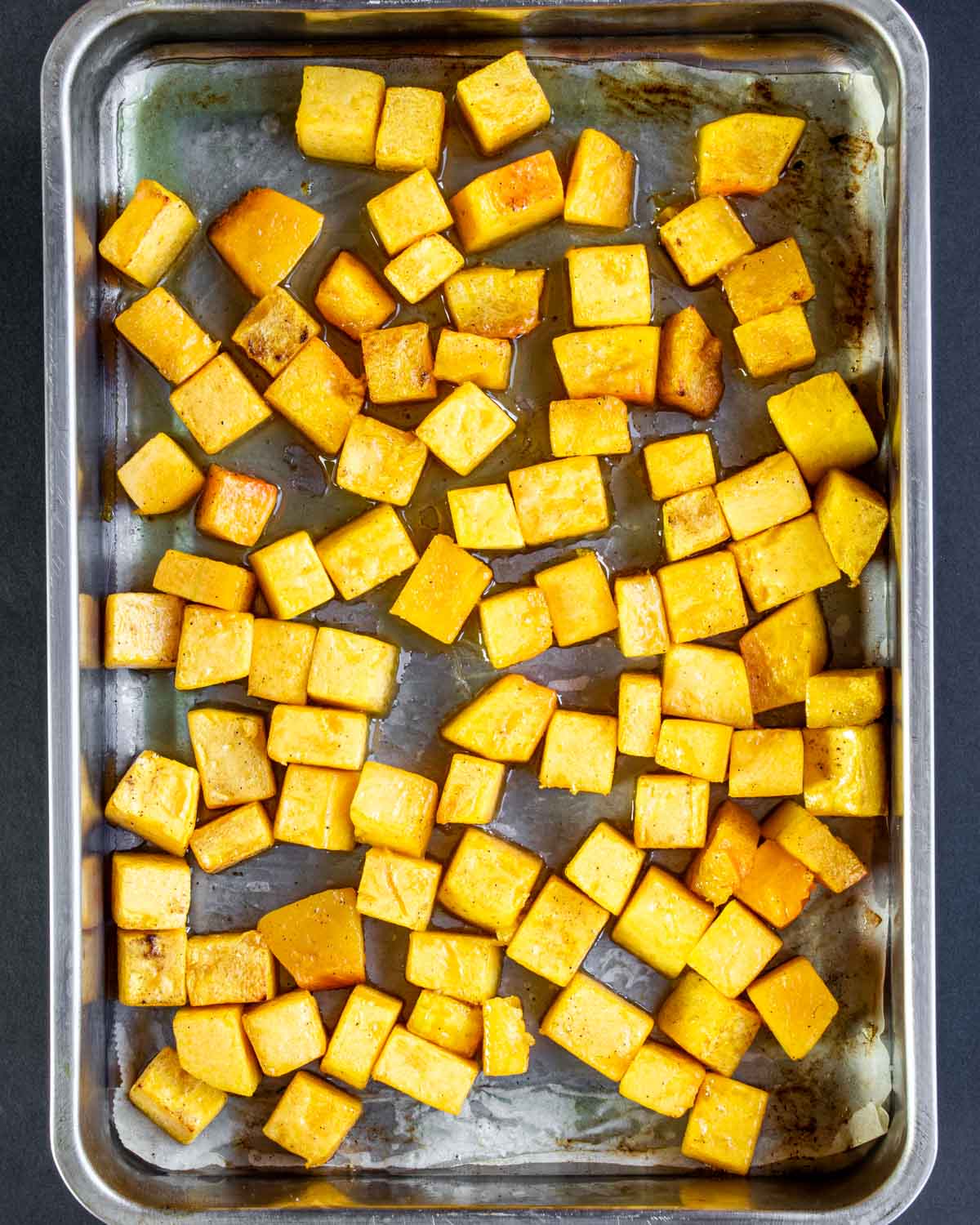
What Is The Best Way To Peel A Butternut Squash?
While this can seem like a daunting task, it’s really not that difficult. Here’s how you do it:
- First, start by cutting the ends of the squash, about 1/4-inch, using a sharpened chef’s knife.
- Secondly, use a vegetable peeler to peel the skin off. You can either hold the squash in one hand and use your other hand for peeling off the outer layer, or if your squash is bigger, place it standing upright and peel it in downward strokes.
- Next, you’ll need to cut the squash in half by standing it upright so that it’s stable. Make one long cut down the middle from top to bottom using a chef’s knife.
- All that’s left, is to scrape out the seeds and the stringy pulp from the squash cavity. Best way to do this is to use a spoon to scoop it all out.
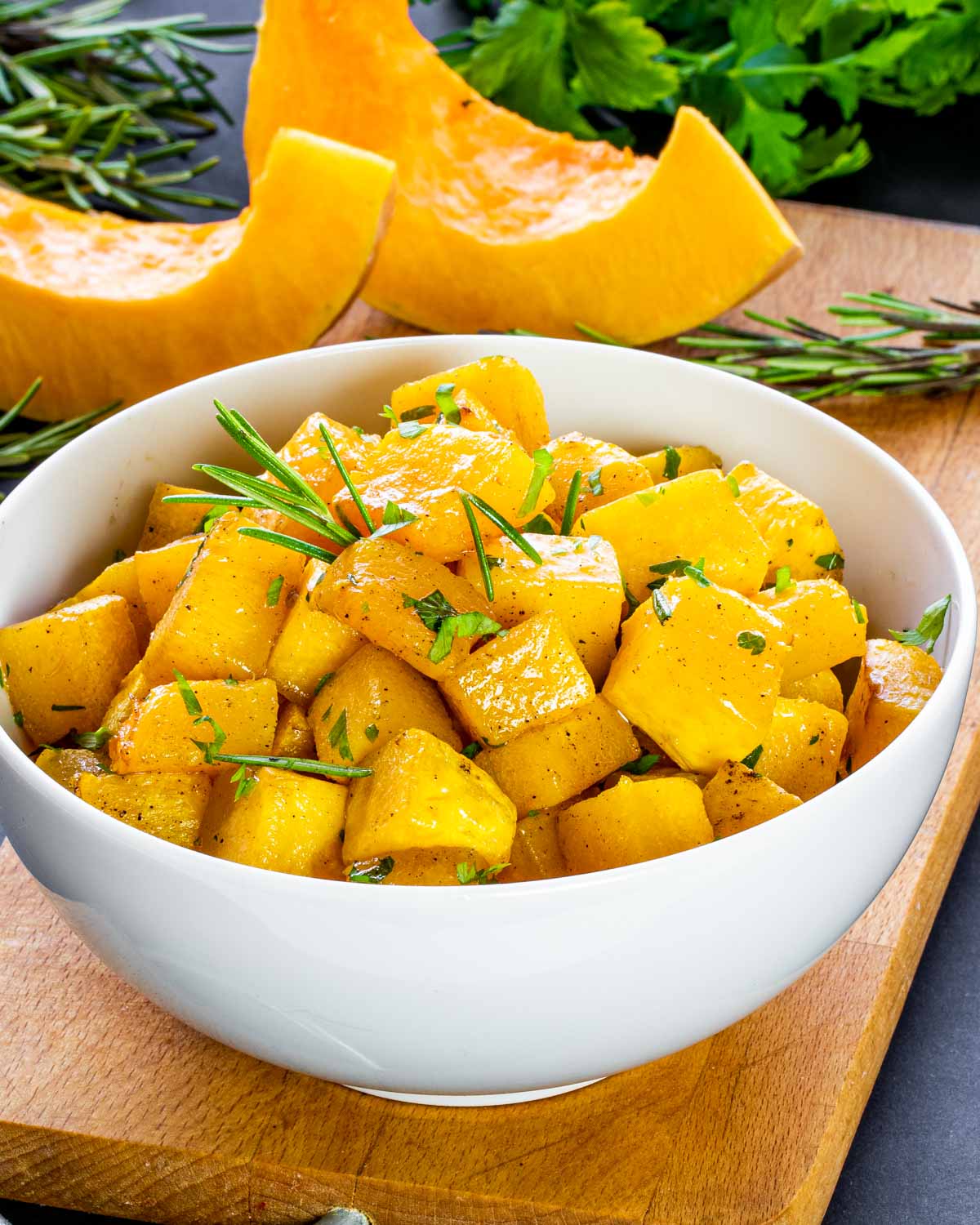
Can You Eat The Skin Of Butternut Squash?
Believe it or not, you can actually eat the skin of a butternut squash, so if you want, there’s really no need to peel it. However, keep in mind that the skin is a carbohydrate that is not readily digested, but technically the whole fruit is edible. If you wish to keep the skin on, you’ll have to increase the roasting time, to ensure the skin gets less tough and is easier to eat.
What To Serve With Butternut Squash
Butternut squash is a great side dish for many dishes. Here are some of my recommendations:
- I love serving this with roast turkey or roast chicken because they pair perfectly.
- Pork is also a great option. Try serving this with my Instant Pot pork tenderloin or my pork tenderloin with mustard sauce.
- Some other great options include meatloaf, lemon garlic pork chops, or for a seafood option, serve this with my lemon dill pan fried salmon.
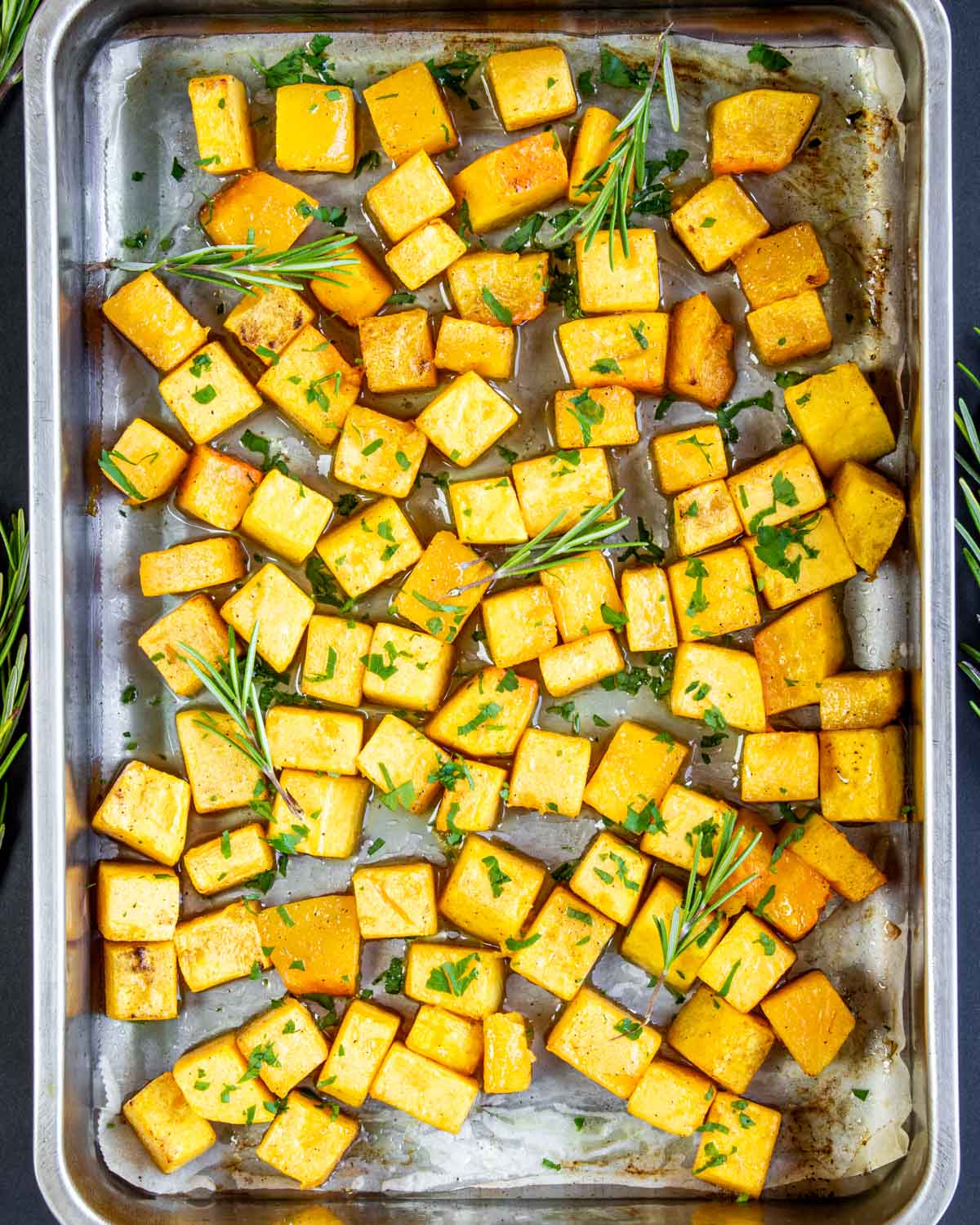
Expert Tips And Tricks
- Pre-cut either raw or cooked squash and freeze so you always have a great side vegetable on hand.
- Don’t throw out the seeds. You can roast butternut squash seeds.
- For an even more complex flavor profile, try adding a dash of cayenne pepper when seasoning your squash.
- Butternut squash is a healthy carb, it’s a naturally healthy vegetable, so go ahead, enjoy this guilt free!
How To Store Leftovers
If you have leftover roasted butternut squash, it’s best to store it in an airtight container, in the refrigerator for 3-5 days.
How To Freeze And Reheat
Butternut squash freezes like a champ! It does fine whether frozen raw or cooked. Store in an airtight container or freezer bag, preferably cut in 1″ cubes for ease of use for 8 -10 months.
For best results, spread the pieces in a single layer on a parchment or wax paper-lined baking sheet and place in the freezer. When completely frozen, transfer the squash to a freezer-safe bag or container. This helps prevent the pieces from sticking together. You can remove as much or as little as you want to use with this method.
To thaw squash, simply thaw it in the refrigerator. Keep in mind that if thawing cooked squash, it will be soft and mushy so it will probably be best to use it to mash or in soups.
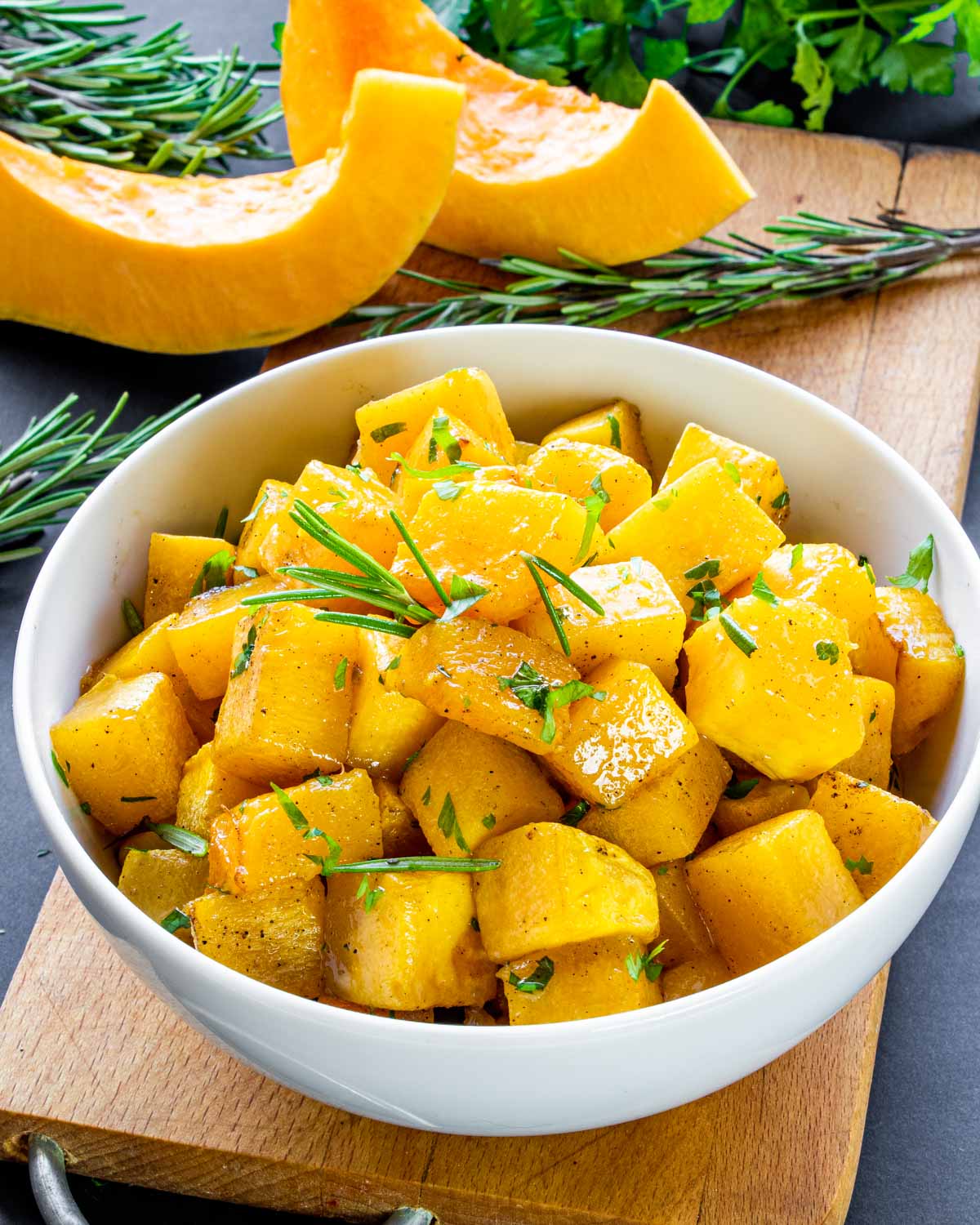
More Great Recipes To Try
Craving More? Follow Along:
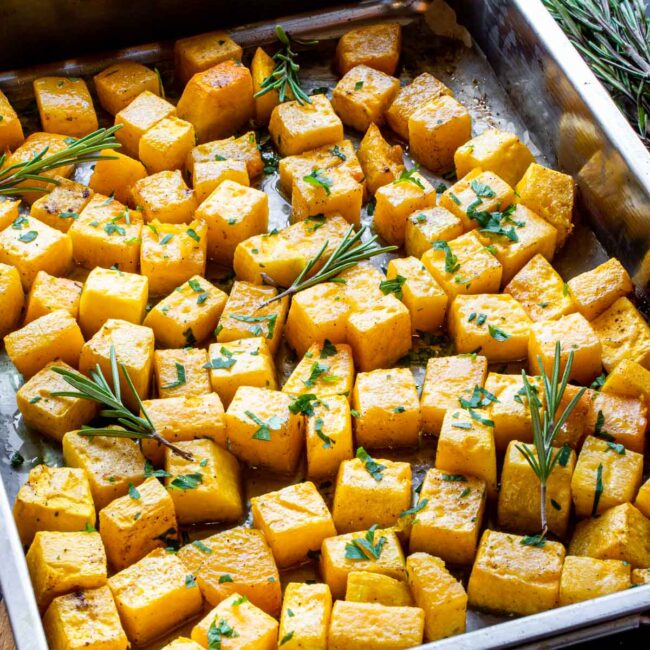
Roasted Butternut Squash
Ingredients
- 1 large butternut squash about 3 pounds, peeled, seeded and cut into 1-inch cubes
- ¼ cup olive oil extra virgin
- 2 teaspoons salt
- 1 teaspoon black pepper freshly ground
Instructions
- Preheat oven: Preheat the oven to 400°F.
- Prepare squash: Place the cubed squash on a baking sheet. Drizzle with olive oil, salt and pepper. Toss everything together well then arrange in a single layer.
- Bake: Transfer the baking sheet to the oven and roast for 25 to 30 minutes or until fork tender, turning the squash over half way through.
Tips & Notes:
- Pre-cut either raw or cooked squash and freeze so you always have a great side vegetable on hand.
- Don’t throw out the seeds. You can roast butternut squash seeds.
- For an even more complex flavor profile, try adding a dash of cayenne pepper when seasoning your squash.
- Butternut squash is a healthy carb, it’s a naturally healthy vegetable, so go ahead, enjoy this guilt free!


